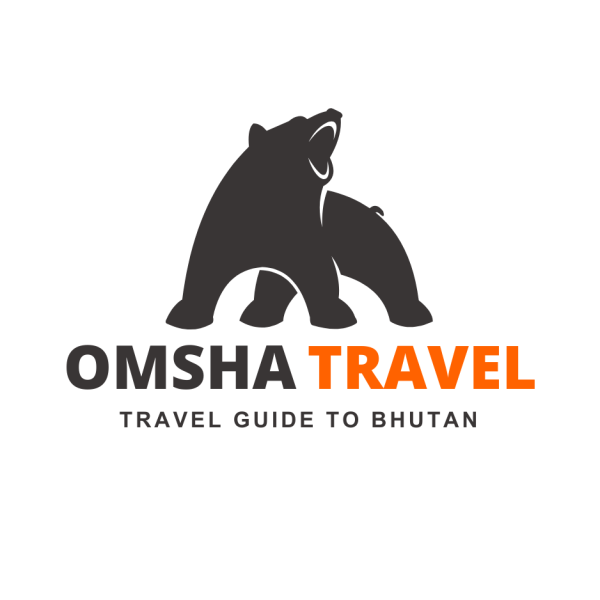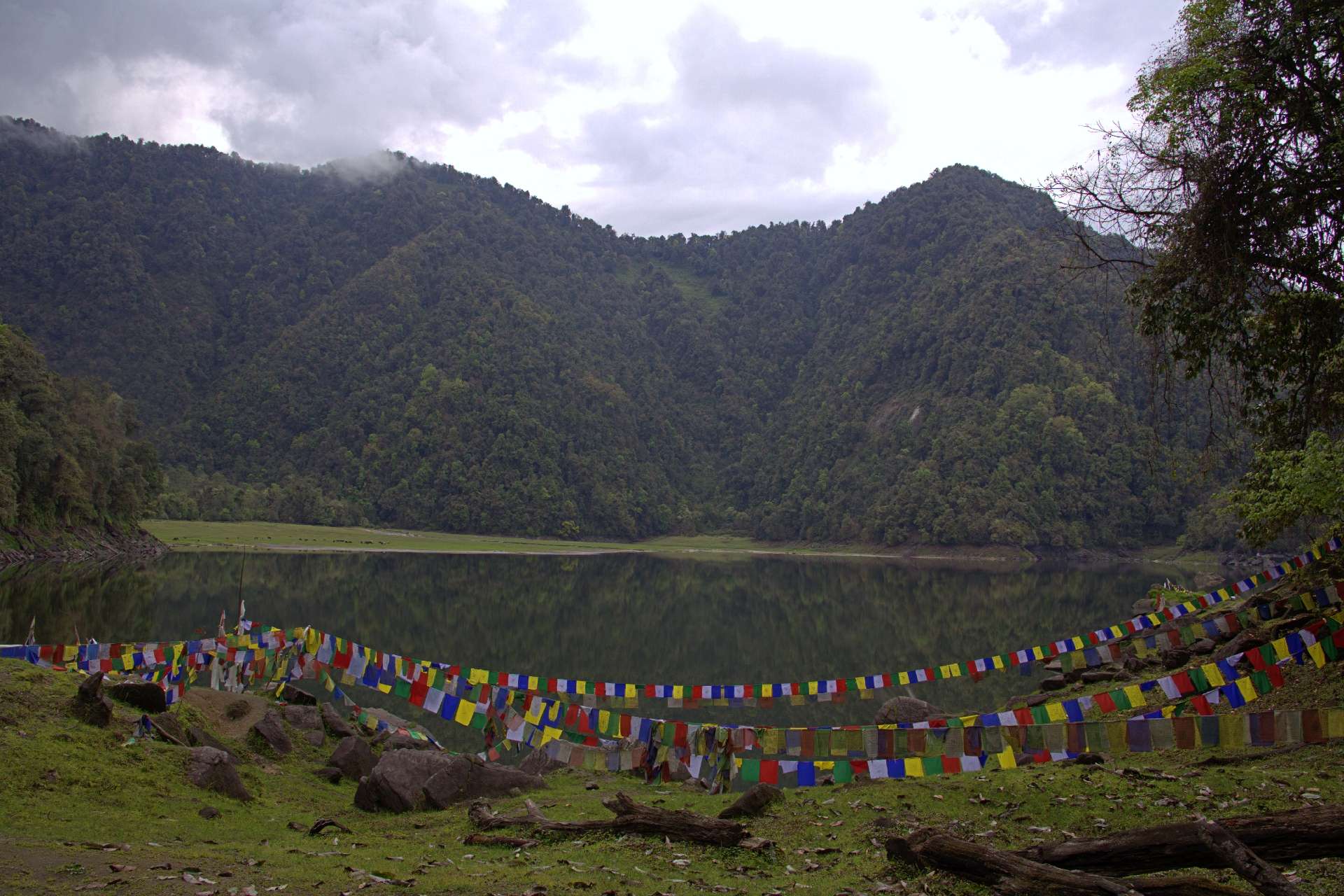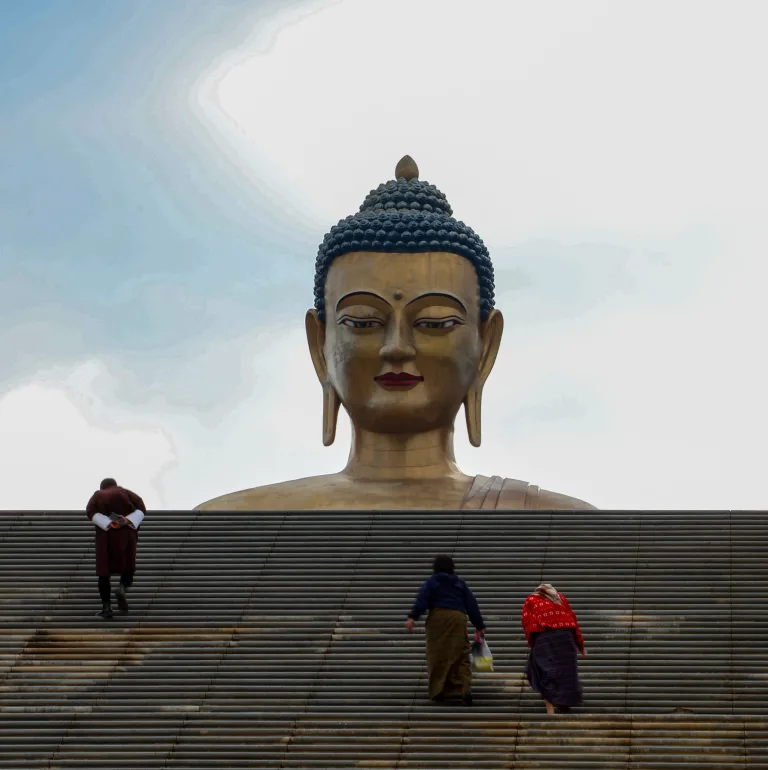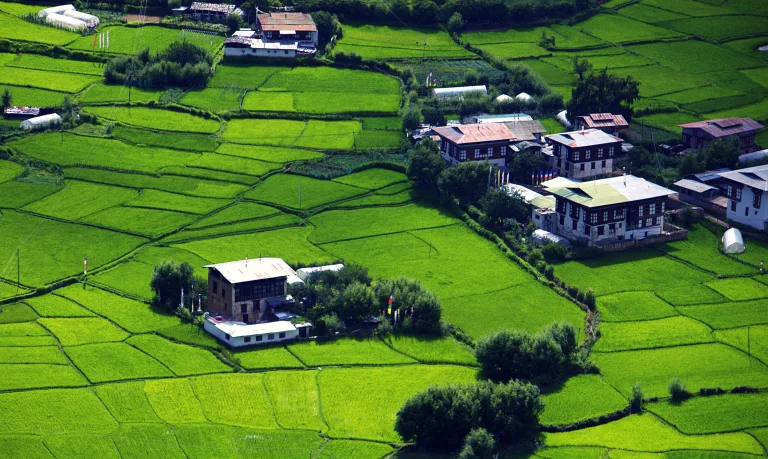Introduction
Have you ever dreamt of stumbling upon a place so pristine, so hidden, that it feels like nature’s personal secret? Welcome to Kabji Hoka Tsho, an untouched alpine lake tucked high in the hills of Punakha, Bhutan. This isn’t your average tourist stop — it’s a soul-refreshing day hike into the heart of raw, Himalayan beauty. If you’re a nature lover craving an offbeat adventure, this is your calling.
Where is Kabji Hoka Tsho?
Kabji Hoka Tsho lies above Kabisa village in Punakha District, around 1 hour’ drive from Punakha town. The name “Hoka Tsho” roughly translates to “the hidden lake,” and true to its name, it remains largely undiscovered by mainstream tourism — a true hidden gem.
Nestled at approximately 2,700 meters above sea level, it offers a serene setting surrounded by broad-leaved forests, fluttering prayer flags, and the quiet whispers of the wind.


Why Kabji Hoka Tsho Is Special
While Bhutan boasts many majestic landscapes, Kabji Hoka Tsho stands out for several reasons:
- Unspoiled natural beauty – Far from bustling towns and crowded trails.
- Spiritual atmosphere – Locals believe the lake is sacred, and prayers are often offered there.
- Biodiversity – The trail offers encounters with rare birds, butterflies, and seasonal wildflowers.
It’s not just a hike — it’s a moment of introspection and peace.
Best Time to Visit
To truly appreciate the lake’s charm, plan your hike between Jan to May or September to December. These months offer:
- Clear skies and moderate temperatures
- Lush greenery in spring or golden hues in autumn
- Pleasant hiking weather without heavy monsoon rains
- Avoid the peak monsoon season (June to August) due to slippery trails.
For a seamless experience, contact OMSHA Travel to book a customized tour package that includes this stunning day hike to Kabji Hoka Tsho.
How to Get to the Trailhead
Start your journey from Punakha town and head towards Kabisa village, which is about an hour drive. From there, as you walk along the path, you might spot a friendly village dog or hear the rustle of birds and squirrels moving through the undergrowth.
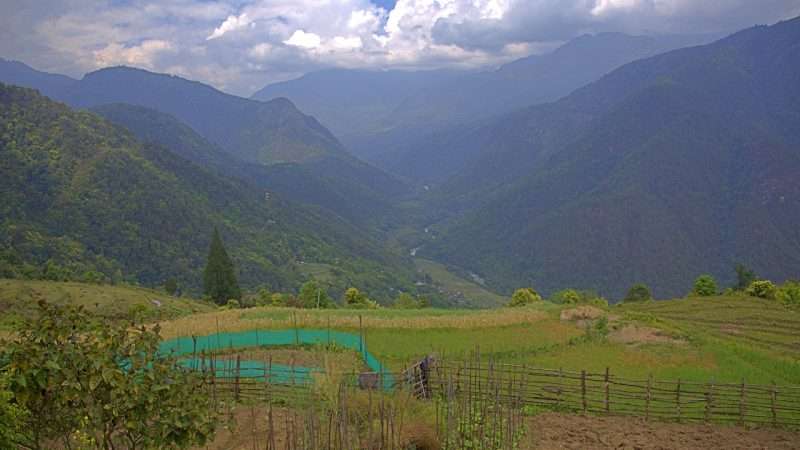

The Hike to Kabji Hoka Tsho
The trail to Kabji Hoka Tsho is around 8–10 kilometers round trip and typically takes 4 to 6 hours, depending on your pace and how often you stop to soak in the views.
The Journey Through Forests and Streams
The hike to Kabji Hoka Tsho is a serene escape into Bhutan’s unspoiled wilderness. The trail starts near the village and meanders through dense forests before reaching the shimmering alpine lake.
The forest floor is soft and earthy, blanketed with fallen oak and chestnut leaves, creating a natural carpet beneath your feet. If you’re lucky, catch a glimpse of a Himalayan monal fluttering through the forest.
After a while, the trail opens up into a wide alpine meadow, where a charming wooden footbridge crosses over a small stream or marshy patch.
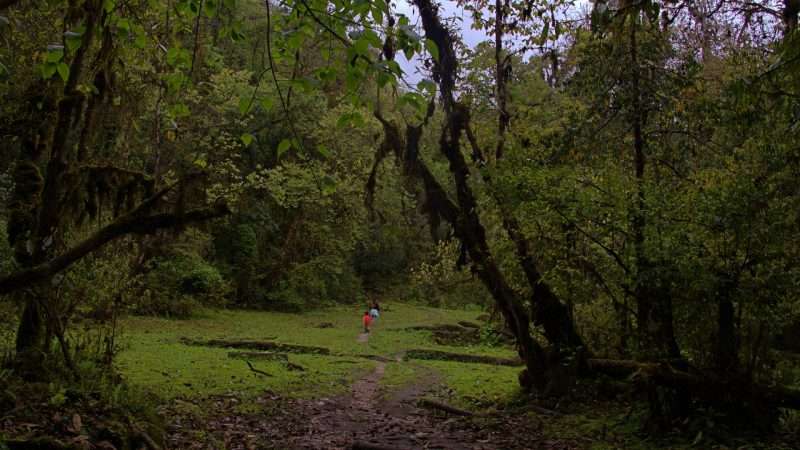

Reaching the Lake
After a satisfying climb, you’ll reach a peaceful plateau where the shimmering waters of Kabji Hoka Tsho await. The first glimpse is surreal — a mirror-like lake reflecting the surrounding forests and sky.
There’s usually a gentle breeze, and the sound of fluttering prayer flags makes the atmosphere deeply spiritual.
What Makes the Lake Unique
Local folklore tells stories of spirits and protective deities residing in the lake. It’s said that villagers sometimes offer milk, butter, or incense to the lake during rituals.
Some believe the lake has healing energy, and many visitors sit quietly by the shore, meditating or simply soaking in the silence.
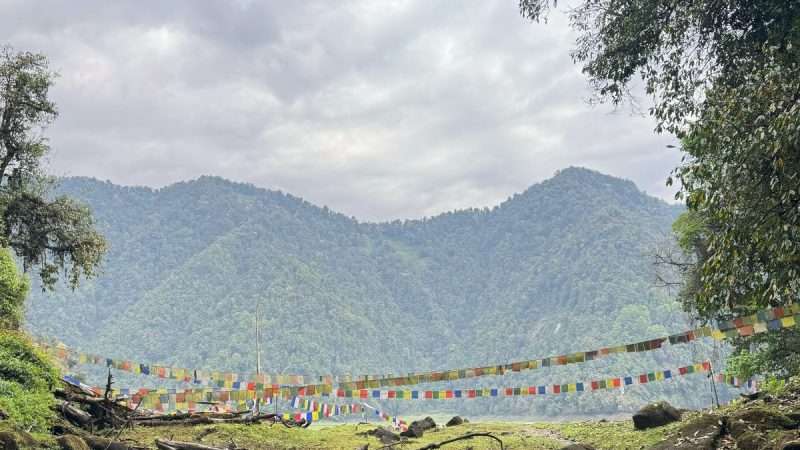

Things to Carry for the Hike
- Water bottle (at least 2 liters)
- Snacks or packed lunch
- Sunscreen and sunglasses
- Light jacket or windbreaker
- Good hiking shoes
- Small first aid kit
- Camera or phone (with power bank!)
Avoid plastic bags or items you won’t carry back — leave no trace!
Safety Tips for Hikers
- Don’t hike alone unless you’re very familiar with the route.
- Start early to return before dark.
- Keep track of time and weather conditions.
Respect local customs — it’s a sacred place.
Combine It with Other Attractions
Make the most of your Punakha adventure by combining this hike with:
- Chorten Nyingpo Lhakhang – perched on a peaceful ridge surrounded by rice fields and small farmhouses.
This hike is perfect for a free day in your itinerary or a slower-paced exploration day.
Want to include this in your Bhutan journey? Request a custom itinerary from OMSHA Travel and let us craft the perfect adventure for you.
Responsible Hiking and Eco-Tourism
Kabji Hoka Tsho is a gift of nature — let’s keep it that way.
- Carry your trash back
- Stay on trails
- Avoid loud music or shouting
- Avoid swimming or touching the lake water
Your small steps can make a big difference.
Final Thoughts on Kabji Hoka Tsho
If you’re looking to step off the tourist track and want a peaceful day that blends adventure, spirituality, and natural beauty, Kabji Hoka Tsho is a must. It’s not just a destination — it’s a journey that invites you to slow down, reflect, and reconnect with nature.
As you sit by the lake, breathing in the crisp Himalayan air, you’ll understand why some places are better left untouched, unspoiled, and unforgettable.

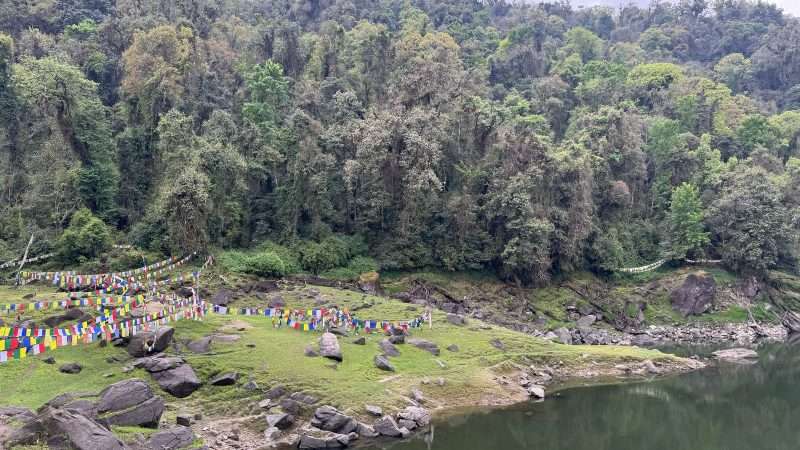
❓ FAQs About Kabji Hoka Tsho Hike
1. Is Kabji Hoka Tsho suitable for beginner hikers?
Yes! As long as you’re reasonably fit and take breaks, the trail is manageable for beginners with a guide.
2. Are there any permits required for the hike?
No special permit is needed, but always check with your tour operator for local regulations.
3. Can I swim in Kabji Hoka Tsho?
Swimming is discouraged as the lake is considered sacred by locals.
4. Do I need a guide for this hike?
You should be accompanied by a licensed Bhutanese guide as per tourism rules.
5. Is camping allowed near the lake?
Not usually — it’s a day hike only. There are no designated campsites, and camping near sacred sites is discouraged.

